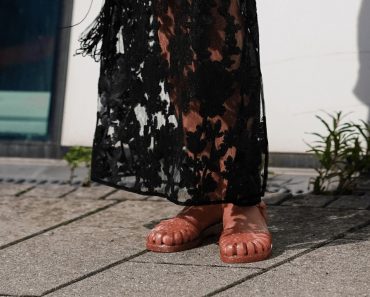As the world’s style capital takes aim at ultra-fast fashion, its new legislation reveals a deeper tension between sustainability and self-preservation.

For three centuries, France has set fashion’s tempo, from Louis XIV’s gilded extravagance to the reign of Parisian haute couture. Now, in a radical pivot, the country that taught the world how to dress is attempting to teach it how to consume. On June 10, the French Senate voted nearly unanimously to curb ultra-fast fashion, marking the first time a nation has treated clothing as both cultural heritage and ecological liability. But beneath the political consensus lies a thornier question: is this a bold step toward sustainability, or a protectionist manoeuvre dressed in green?
The legislation draws a deliberate, and contentious, line between two business models. On one side sits ‘classic fast fashion’, European brands like Zara and H&M, which operate seasonal collections and maintain physical stores with local tax obligations. On the other stands ‘ultra-fast fashion’ platforms like Shein and Temu, which flood the market with thousands of new styles daily, fuelled by algorithmic demand and air-freighted micro-orders.

Senator Jean-François Longeot frames the distinction as targeting environmental illiteracy while safeguarding Europe’s apparel sector. But there is a convenient loophole. Zara’s parent company, Inditex, still emits 18.5 million metric tons of CO2 annually, while H&M commands 90 percent of France’s fast-fashion market. As rapporteur Sylvie Valente Le Hir admits, the carveouts aim to ‘defend what’s left of our industries,’ raising eyebrows about whether ecology or economic survival is the real priority.
The bill’s near-unanimous passage, with a vote of 337 to 1, hinges on three key measures designed to dismantle disposable fashion while pushing the industry toward accountability.
A sliding scale of penalties will hit garments with poor sustainability ratings, starting at five euros per item in 2025 and rising to ten euros by 2030, capped at 50 percent of retail price. The goal is to punish ultra-cheap polyester clothing airlifted from Guangzhou while nudging brands toward durable materials. But the thresholds may let European giants off lightly, rewarding marginal improvements over true systematic change.
By 2026, ultra-fast fashion brands will be barred from traditional ads and influencer promotions, a direct strike at Shein’s TikTok-driven empire, where viral ‘haul’ videos glorify cheap dresses worn once and discarded. Yet the ban leaves Zara’s billboards untouched, fuelling debates over fairness.
Brands must now disclose environmental impacts, including carbon emissions, microplastic pollution, and water use, as prominently as price tags. Even Shein’s featherlight sub-two-gram parcels face a two-to-four-euro surcharge to offset transport emissions. While this is a win for consumer awareness, enforcement
remains a looming challenge, given fast fashion’s notoriously murky supply chains.

While the bill’s most stringent measures target non-European ultra-fast fashion platforms, major retailers like Zara, H&M, and Kiabi still face new requirements to disclose environmental data. Yet their exemption from the advertising ban and steepest surcharges has drawn fire from environmental groups, who argue the law’s narrow scope prioritises economic protectionism over systemic change.
Additional measures reveal the legislation’s broader ambitions: a proposed tax on extra-EU imports and a ban on free returns aim to dismantle the high-volume, low-cost model fuelling waste. But with European fast-fashion giants spared the harshest penalties, critics question whether these reforms will meaningfully curb overconsumption or simply reshuffle its geography.
France discards 35 garments every second, a staggering symptom of fast fashion’s disposable economy. The legislation, for all its compromises, forces a reckoning: can the industry that thrives on newness learn to value longevity? The answer will depend not just on penalties and bans, but on whether consumers, and competitors, treat this as a blueprint or a loophole.
As the world watches, France’s gamble becomes a test of whether fashion’s future can be both sustainable and sovereign.






